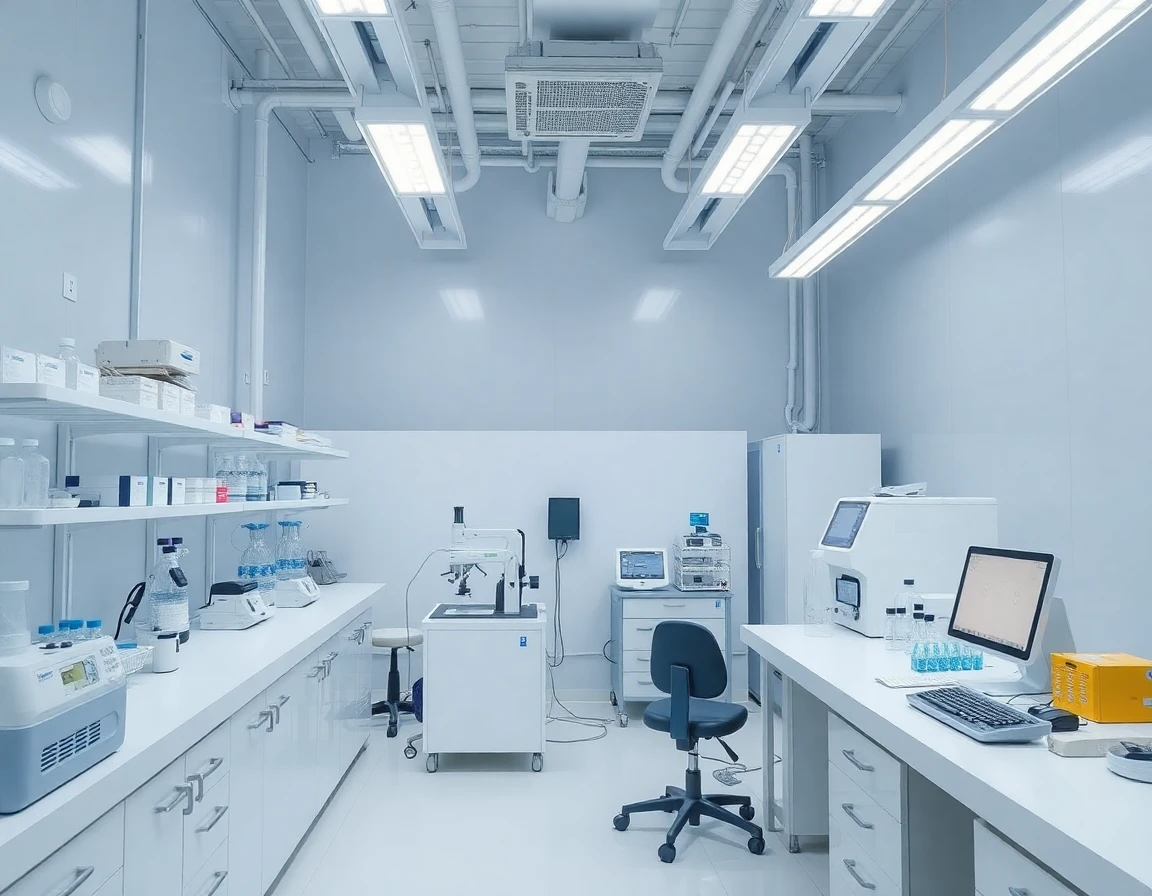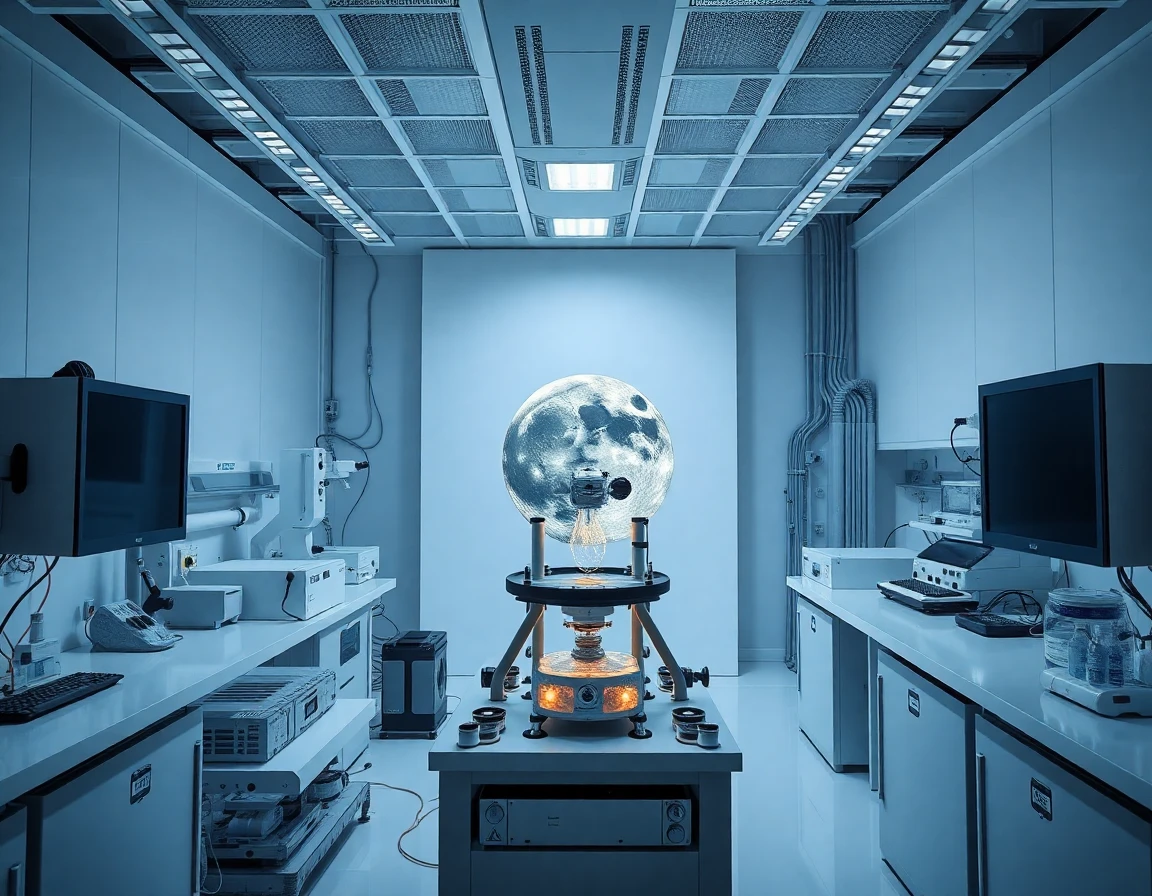Introduction to Lunar Mining
As interest in space exploration grows, lunar mining has emerged as a focal point for scientists and engineers alike. The Moon is rich in resources such as helium-3, rare earth metals, and water ice, making it an attractive target for future exploration and potential colonization. Current research is delving into the technical and economic feasibility of extracting these resources, with implications that could stretch far beyond the lunar surface.
Understanding Lunar Resources
Lunar mining is not just a concept; it is rapidly becoming a reality as various space agencies and private companies invest in the technology needed to harvest lunar resources. The Moon’s surface is covered with regolith, a layer of loose material that contains valuable materials like titanium, iron, and other minerals. Additionally, the presence of water in permanently shadowed craters offers the potential for sustainable human presence on the Moon, as water is crucial for life support and can be converted into rocket fuel.
Technical Feasibility of Lunar Mining
The technical challenges of lunar mining are significant. The harsh environment, characterized by extreme temperatures and radiation, presents obstacles for mining equipment. However, advancements in technology are paving the way for solutions. One such advancement is the development of high-precision advanced control systems like the XZ60D200 model. This system provides the necessary precision control for robotic systems used in mining operations, enabling accurate excavation and material handling.
Robotic Mining Equipment
Robotic systems are critical for lunar mining, allowing for remote operation and reducing the risk to human life. These systems include rovers and autonomous drilling machines equipped with advanced sensors and processors. For instance, employing gyroscopic instruments for precise orientation and navigation will be essential in surveying lunar terrain to identify optimal mining locations. The use of professional gyro theodolites can enhance the reliability of azimuth determination and angle measurement during these operations, ensuring that mining equipment operates efficiently and accurately.
Economic Considerations
While the technical feasibility is being explored, the economic aspects of lunar mining also warrant serious consideration. The cost of launching and operating missions to the Moon must be weighed against the potential returns from harvested resources. Currently, the cost of launching payloads into space is decreasing, and with the emergence of reusable rocket technology, the prospect of lunar mining is becoming more economically viable.
Experts like Dr. Linda Thompson, a lunar resource analyst at the International Space Mining Institute, emphasize the importance of economic modeling. “We must create comprehensive economic models that consider both the extraction costs and the market value of the resources we hope to extract,” she states.
Future Developments and Potential Impacts
The future of lunar mining holds immense possibilities. If successful, it could lead to the establishment of a sustainable lunar base that supports not only scientific research but also commercial activities. Resources mined from the Moon could significantly reduce the cost of space exploration by providing materials that are currently launched from Earth. Furthermore, helium-3, a potential fuel for nuclear fusion, could revolutionize energy production on Earth.
However, ethical and regulatory frameworks will need to evolve to address the implications of exploiting extraterrestrial resources. International cooperation will be crucial to ensure that lunar mining is conducted sustainably and equitably.
Conclusion
Lunar mining is on the brink of becoming a reality, driven by advancements in technology and a growing recognition of the Moon’s resource potential. As research continues into the feasibility of lunar resource extraction, the aerospace and defense industry is poised to play a pivotal role in shaping the future of space exploration. The integration of high-precision control systems and advanced surveying tools will be fundamental in overcoming the challenges posed by this ambitious endeavor.
In conclusion, while there are still many hurdles to overcome, the prospect of lunar mining presents exciting opportunities that could transform not only space exploration but also life on Earth itself.



